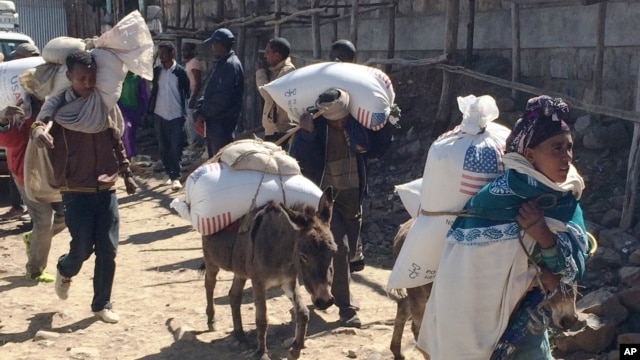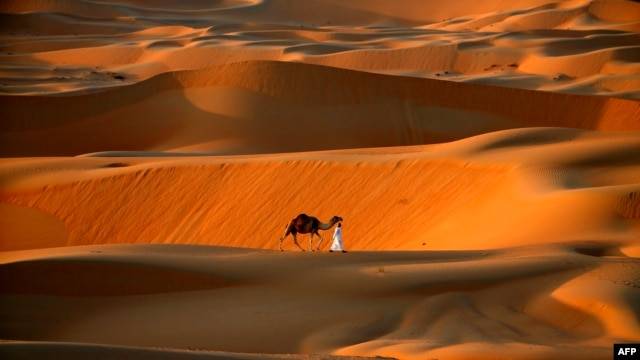Delta4Embassy
Gold Member
A third of the world s biggest groundwater basins are in distress
"Two new studies led by UC Irvine using data from NASA Gravity Recovery and Climate Experiment satellites show that civilization is rapidly draining some of its largest groundwater basins, yet there is little to no accurate data about how much water remains in them.
The result is that significant segments of Earth's population are consuming groundwater quickly without knowing when it might run out, the researchers conclude. The findings appear today in Water Resources Research.
"Available physical and chemical measurements are simply insufficient," said UCI professor and principal investigator Jay Famiglietti, who is also the senior water scientist at NASA's Jet Propulsion Laboratory. "Given how quickly we are consuming the world's groundwater reserves, we need a coordinated global effort to determine how much is left.""
rest at link
"Two new studies led by UC Irvine using data from NASA Gravity Recovery and Climate Experiment satellites show that civilization is rapidly draining some of its largest groundwater basins, yet there is little to no accurate data about how much water remains in them.
The result is that significant segments of Earth's population are consuming groundwater quickly without knowing when it might run out, the researchers conclude. The findings appear today in Water Resources Research.
"Available physical and chemical measurements are simply insufficient," said UCI professor and principal investigator Jay Famiglietti, who is also the senior water scientist at NASA's Jet Propulsion Laboratory. "Given how quickly we are consuming the world's groundwater reserves, we need a coordinated global effort to determine how much is left.""
rest at link



